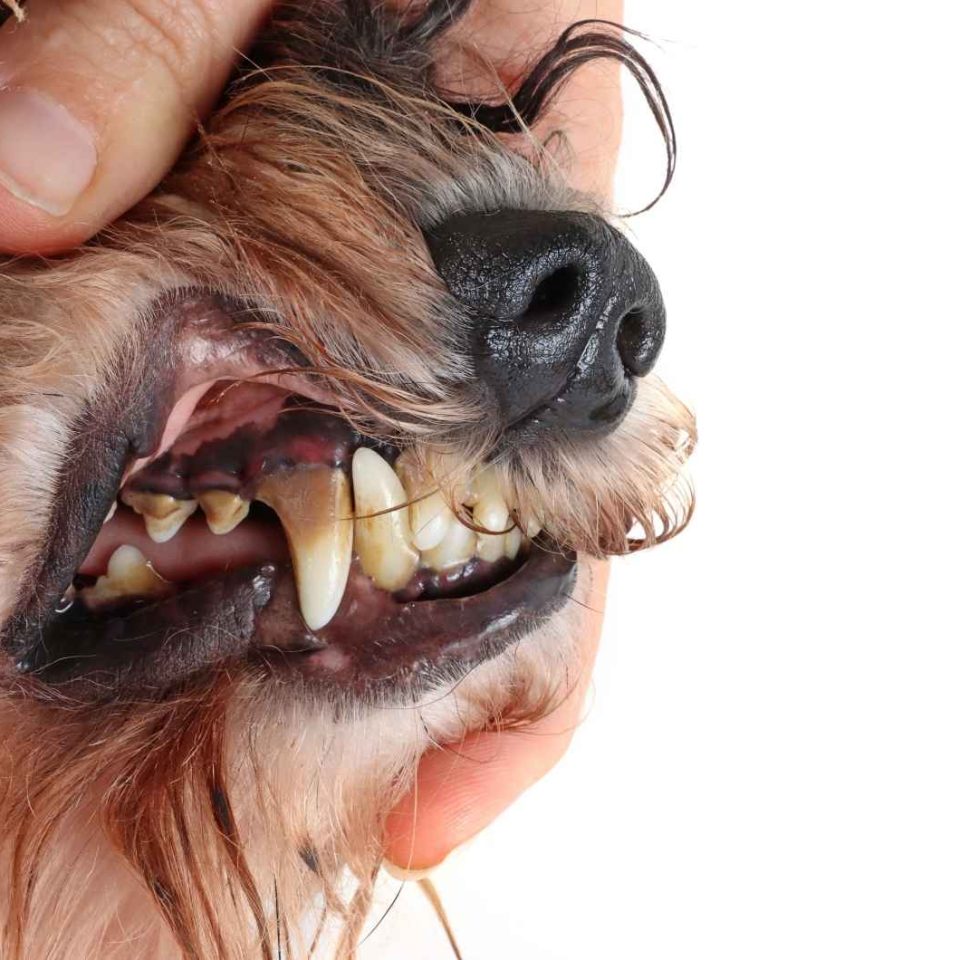Who wouldn't go to the ends of the earth for their furry friends? Our dogs aren't just pets, they're our family, and when they hurt, we hurt too. Musculoskeletal issues are common in many dog breeds, causing our beloved companions pain and reducing their quality of life. But what if a cutting-edge technology could help? Something as simple, yet highly effective like – 'Cellfoam Technology'?
Imagine a future where we can assist our canine companions in their recovery process, using a technology so advanced, it can regenerate damaged tissues, particularly in musculoskeletal injuries. Picture seeing your dog running around the park, chasing balls, his tail wagging vigorously, all because of a miraculous thing known as Cellfoam Technology. Welcome to a world where science fiction is morphing into reality, paving a way to redefine our approach to veterinary medicine. Are you ready to explore?
Understanding Cellfoam Technology
Cellfoam technology, a groundbreaking innovation, is changing the landscape of regenerative medicine. Predominantly used in human healthcare, it also presents promising results in the veterinary field.
This technology is composed of foam-like materials that facilitate tissue regeneration. It works by generating a 3D scaffold in the damaged area, which encourages cells to grow and proliferate. This scaffold provides the necessary support and nutrients for cell growth.
Leading experts believe that Cellfoam technology can drastically improve the outcomes in cases of damage to tissues, particularly musculoskeletal tissues. The implications of this innovative technology in veterinary medicine can be profound – as we will explore further in the next section, with a focus on how it could benefit dogs with musculoskeletal issues.
How Cellfoam Can Benefit Dogs with Musculoskeletal Issues?
There are countless diseases that can cause discomfort or distress to our beloved canine pals. Musculoskeletal conditions, such as arthritis, hip dysplasia, and injuries to the ligaments or tendons are just a few examples. Traditional veterinary treatments for these ailments often involve medications for pain management, rehabilitation therapies, or in the worst-case scenario, surgical intervention. Yet, every treatment option comes with its own set of limitations, like the potential for side effects, high costs, or varied effectiveness.
Cellfoam Technology: A New Approach
In the pursuit of improved canine healthcare, scientists have introduced Cellfoam technology to the world of veterinary medicine. This innovative technology, by providing a scaffold for new tissues to grow upon, has the potential to alleviate the pain suffered by our furry friends, particularly those with musculoskeletal issues. Once implanted, the foam encourages cell rejuvenation and tissue regeneration over time. Basically, it provides an environment for the body's own cells to repair the damaged organs or tissues, promising a more natural treatment strategy.
In a number of cases, veterinarians have already witnessed the positive effects of Cellfoam technology on dogs with musculoskeletal conditions. From Labrador Retrievers with hip dysplasia to Golden Retrievers with arthritis, there seems to be a promising future for Cellfoam technology in dogs' musculoskeletal disease treatment. The use of this technology could mean bigger strides in restoring canine health, ensuring that dogs live happier and more comfortable lives.
for more info: biochange
